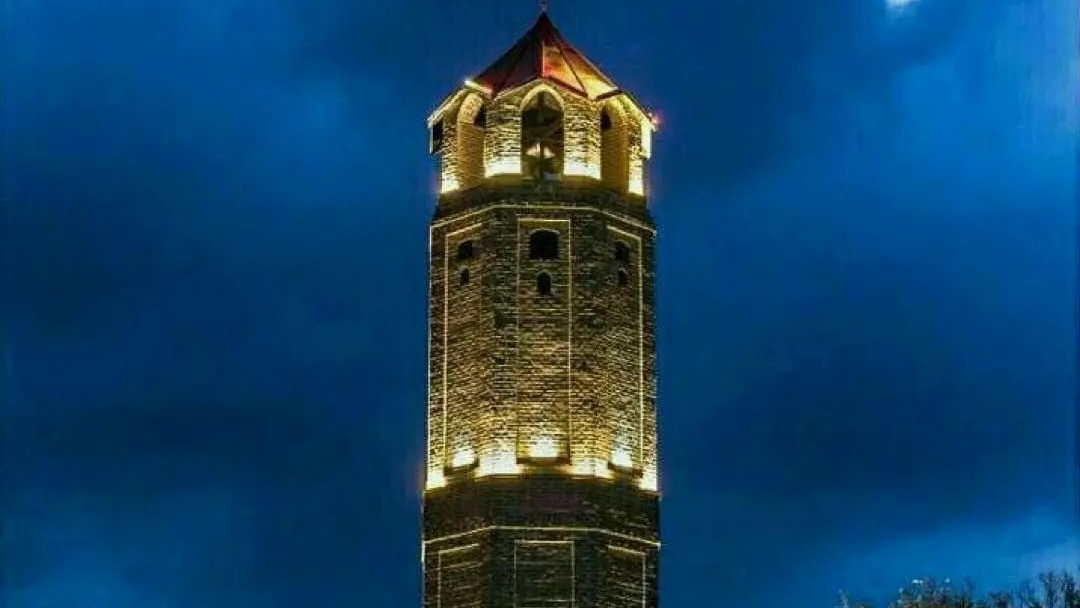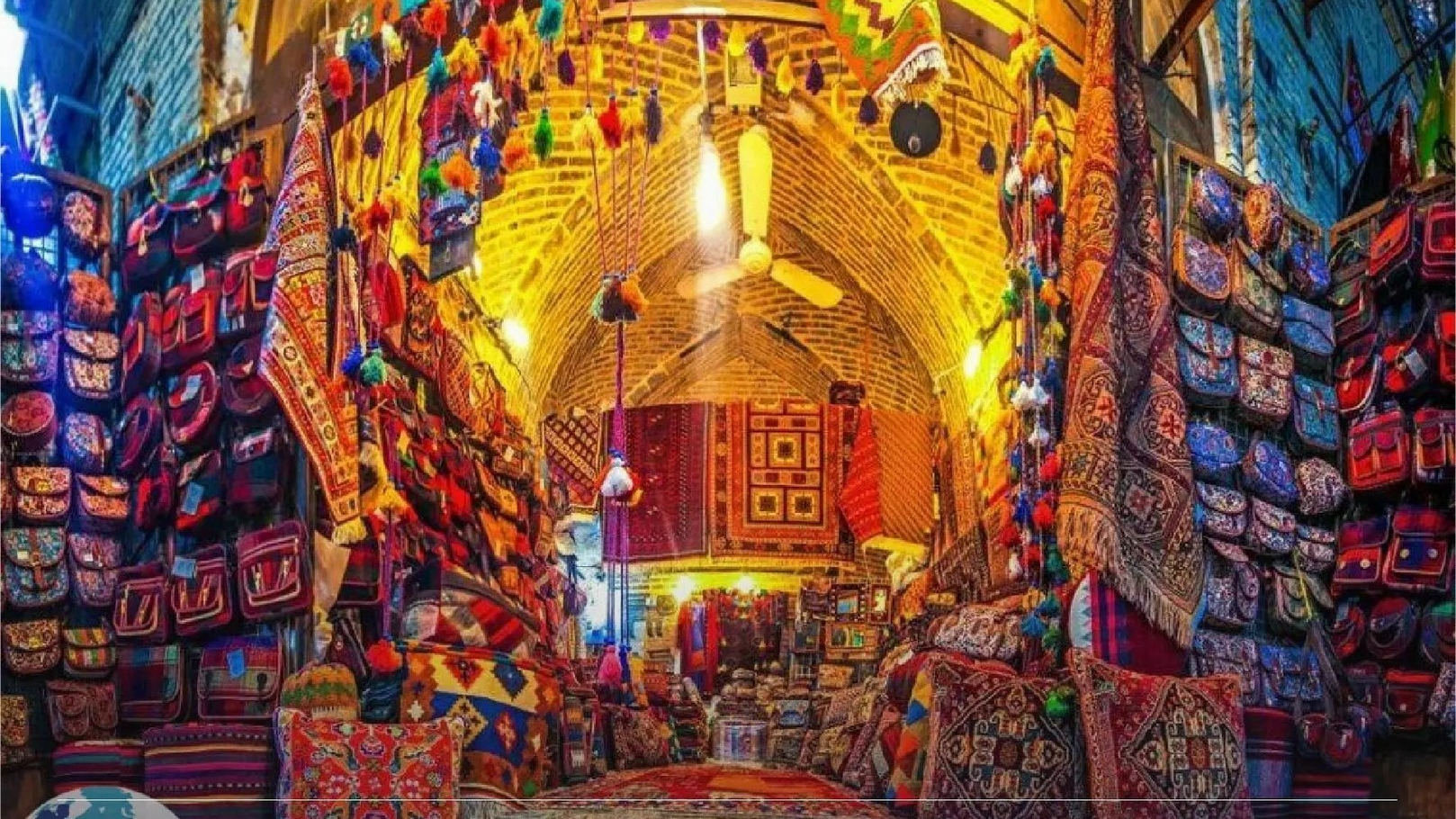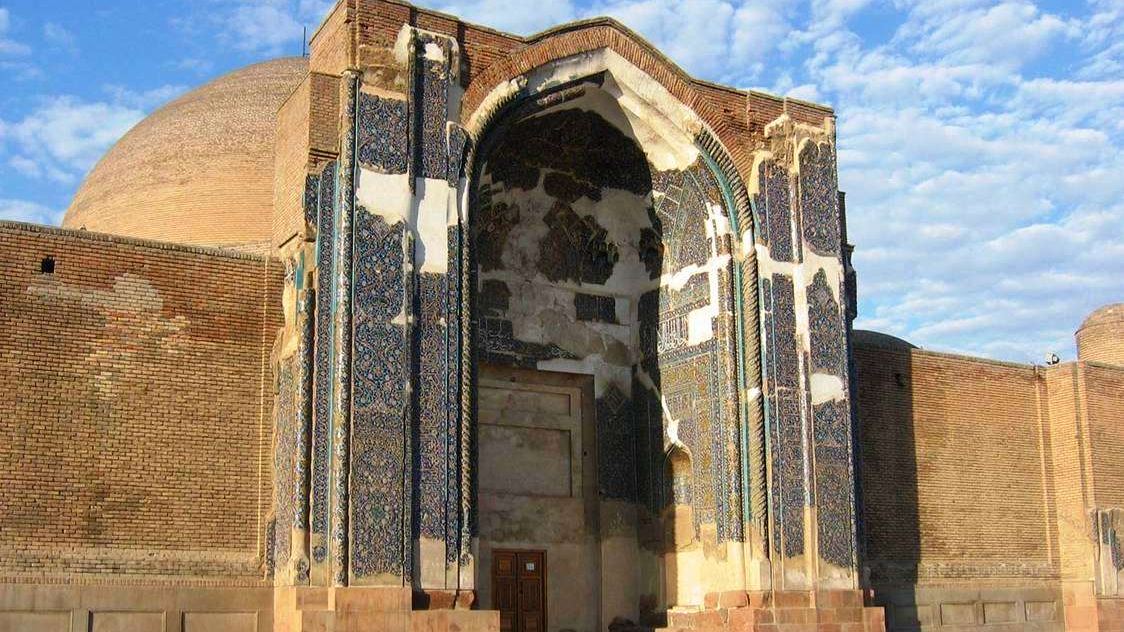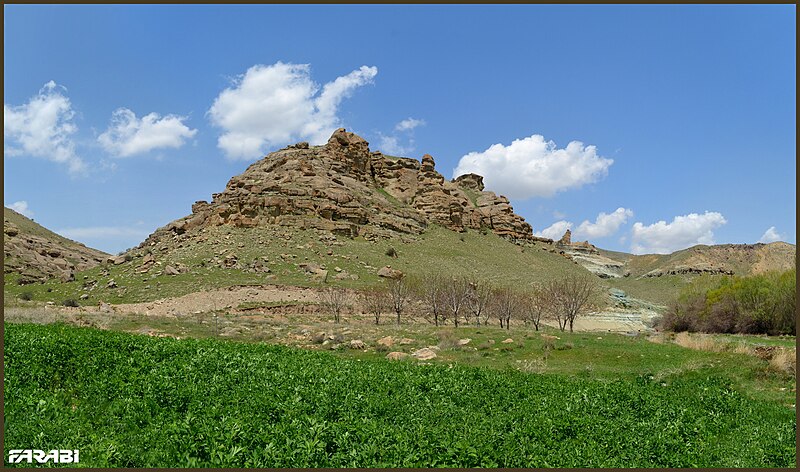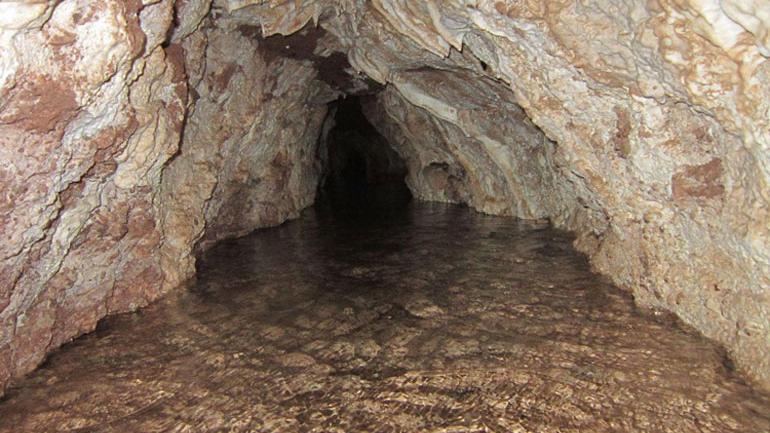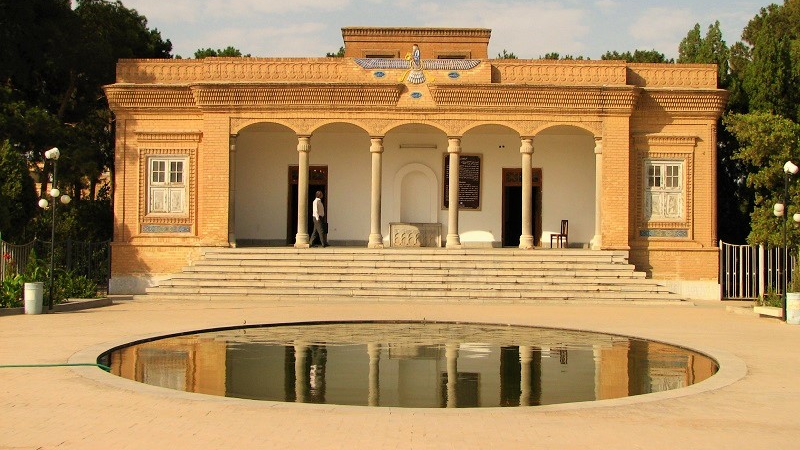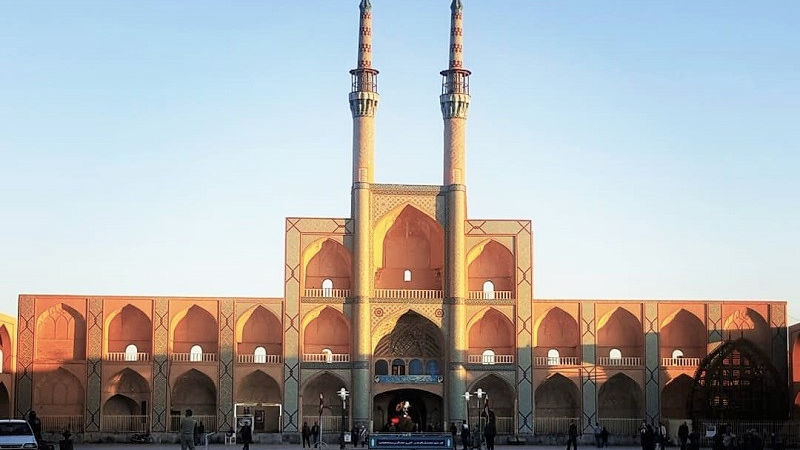
Goharriz Qanat, the lifeblood of Jopar city
The life of Joupar city in Kerman Province is closely tied to the Gohar-Riz Qanat, which is recognized as a World Heritage Site. Beyond its technical and historical aspects, the social significance of this qanat is what truly sets it apart.
Where is the Goharriz aqueduct located?
The Gohar-Riz Qanat is located at the foot of Mount Joupar, situated to the south of the city with the same name. This mountain rises to an elevation of 4,135 meters, and its towering walls and rugged cliffs create a majestic and imposing view from Joupar. The city of Joupar, located about 28 kilometers south of Kerman, is a small settlement with a population of around 6,000 people. Even today, the Gohar-Riz Qanat remains the primary source of irrigation water for the city’s agriculture.
Gowharriz Jopar Qanat Features and History
Around the Gohar-Riz Qanat, a traditional cultural system has developed over time. Locals also refer to it as “Shesh Moghassem” (meaning“six divisions”), a name that reflects the division of the qanat’s water into six parts. This method of water allocation represents a tangible example of Iran’s ancient water management practices, designed with a deep understanding of climatic and environmental conditions.
Of these six divisions, one, known as “Molaei” (or “Molai”), was designated for irrigating endowment lands and charitable purposes. Two others, called “Joupari”, were used to irrigate orchards in the town of Joupar. Another two, referred to as “Divani”, supplied water to state-owned gardens and farmlands, while the final division, known as “Baj”, was subject to buying and selling. Even today, the use and distribution of the qanat’s water still follow the traditional system established in these divisions.
The qanat has also found a special place in the oral traditions of the people of Joupar. Locals tell stories and legends about it — among them, a tale of the “white blind fish” that lives in the qanat, said to cause instant death to anyone who looks at it. Others speak of a small golden fish believed to be the guardian spirit of the qanat, watching over its waters and protecting it from harm.
The water brought by the Goharriz Qanat from Mount Joupar is considered highly precious by the local people, so much so that some regard it as sacred. Along the qanat’s route stands a mosque known as Sahib al-Zaman (The Lord of the Age). The thirty-sixth well of the qanat lies at the center of the mosque’s courtyard and is known as the “Sahib al-Zaman Well.” Inside the well, a green light glows, and a glass cover has been placed over it, giving the site a spiritual aura and reflecting the deep reverence the local community holds for the qanat. The qanat’s water is crystal clear and pleasantly fresh, and along its surface route, ancient trees have grown. This is largely due to the proximity of Joupar city and its orchards to the steep slopes of Mount Joupar. Despite this closeness, the Goharriz Qanat has a complex structure, with sharp bends along its path. The qanat diggers (qanat builders) used various tools and techniques to adapt to the changes in soil composition along the route — a clear indication of the advanced skill and precision involved in the ancient art of qanat construction.In recent years, parts of the Goharriz Qanat have been reinforced with the goal of establishing a “Qanat Museum.” Visitors can now witness aspects of the hard work and ingenuity of the qanat builders (qanat diggers). These skilled workers used at least seven different types of pickaxes, striking the soil diagonally, horizontally, vertically, or directly with varying force to minimize the risk of ceiling or wall collapse. They also had their own unique terminology, classifying water into two types — “male” and “female.” The shape of the tunnel was adjusted according to the water type, and the slope was designed carefully so that the water’s flow would not erode the channel floor. During cleaning and restoration operations about two decades ago, the course of the qanat’s water was modified in several locations.
The Goharriz Qanat was dug during the Safavid period (16th century CE). At the entrance to the qanat’s access tunnel (payab) stands a structure built in traditional architectural style. The payab is located 53 meters below the ground surface. This structure was built in recent decades to make it easier for visitors to access and explore the qanat. In recent years, the historic area surrounding the qanat’s watershed has been restored to provide a better environment for tourists and to help them understand the qanat’s practical and cultural significance.
National and World Registration of the Goharriz Qanat of Jopar
The Goharriz Qanat was inscribed on the UNESCO World Heritage List in 2016 CE (1395 SH). The International Qanat Conference, held in 2005 CE (1384 SH), played a significant role in bringing global recognition to the Goharriz Qanat. A commemorative plaque from this conference has been installed at a section of the qanat, marking its importance as a world heritage site.
| Name | Goharriz Qanat, the lifeblood of Jopar city |
| Country | Iran |
| State | Kerman |
| City | Jopar |
| Type | Historical,Natural |
| Registration | Unesco,National |
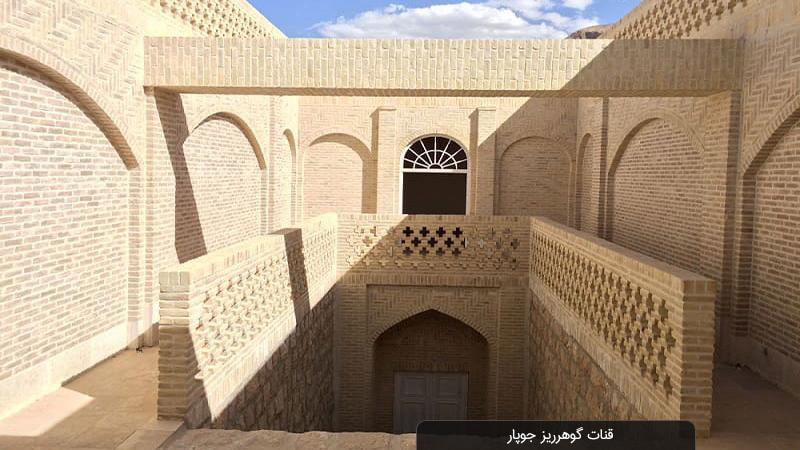
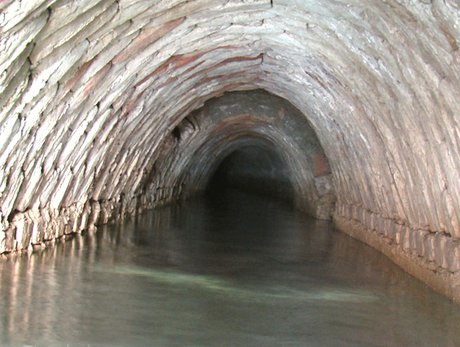
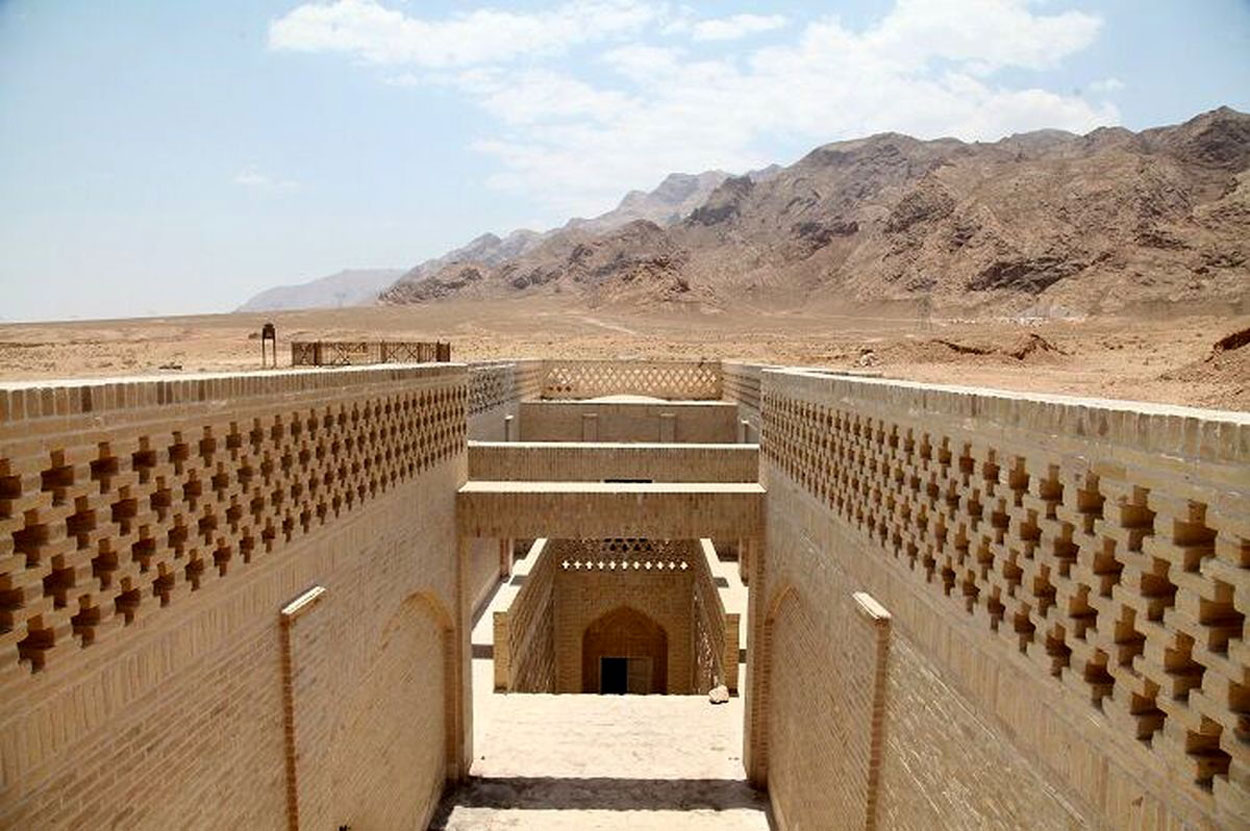
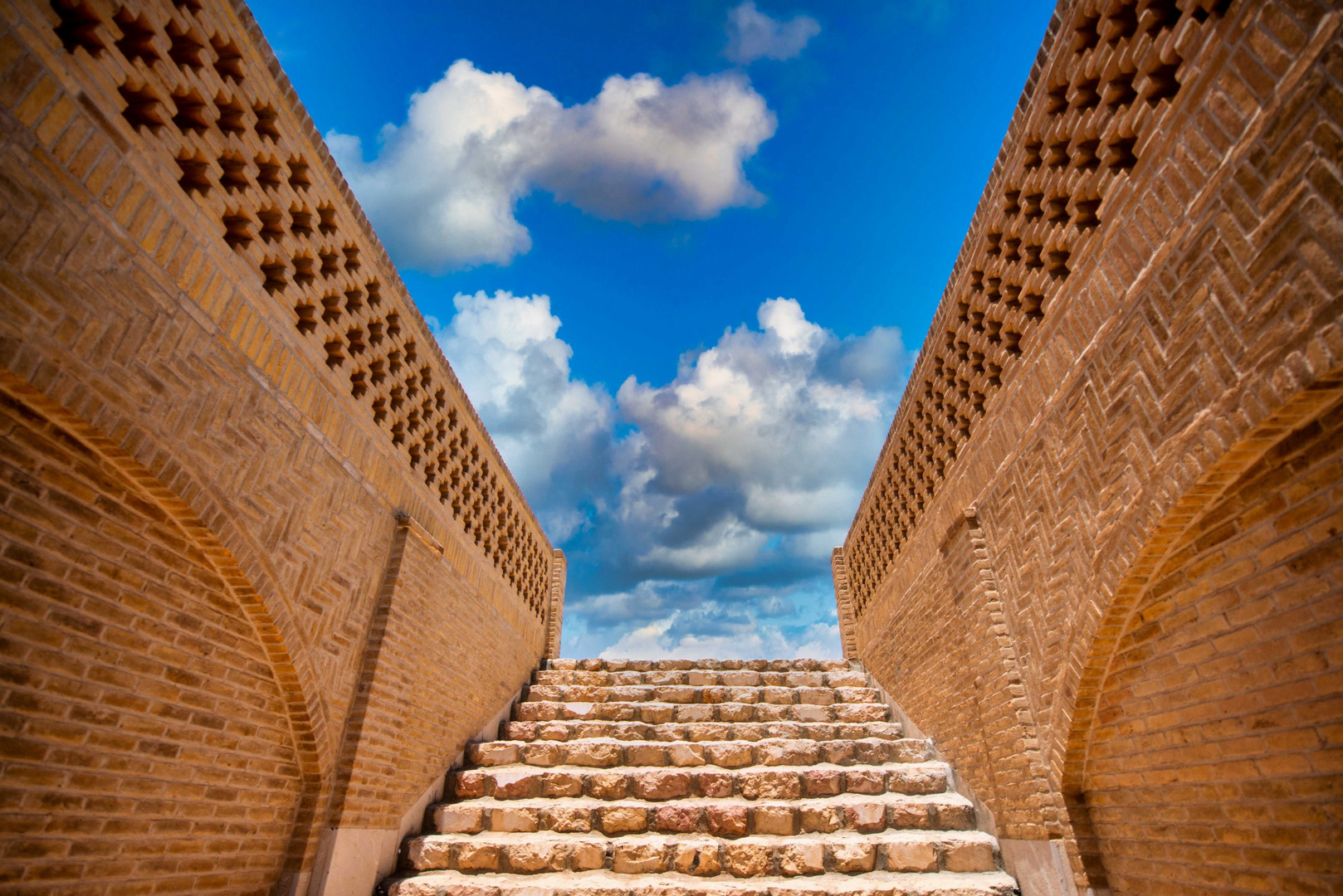




Choose blindless
Red blindless Green blindless Blue blindless Red hard to see Green hard to see Blue hard to see Monochrome Special MonochromeFont size change:
Change word spacing:
Change line height:
Change mouse type:
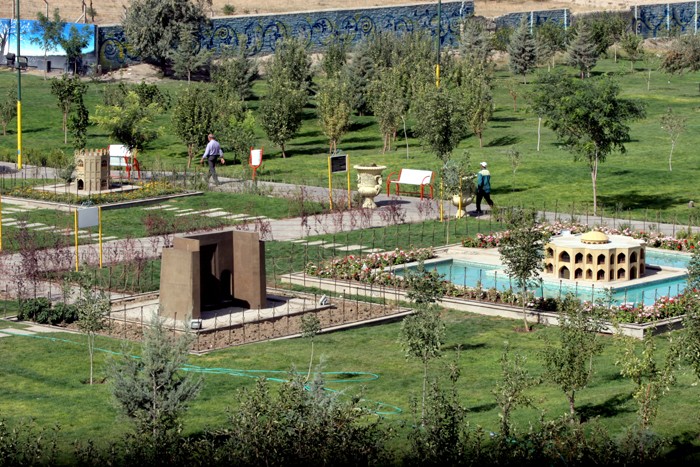
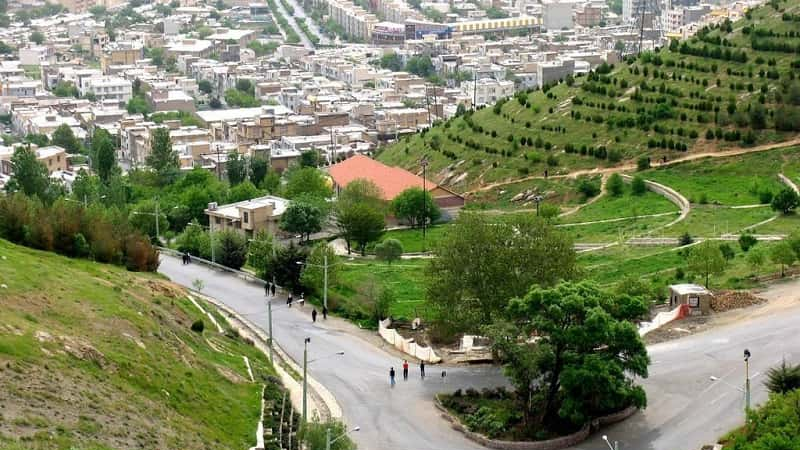
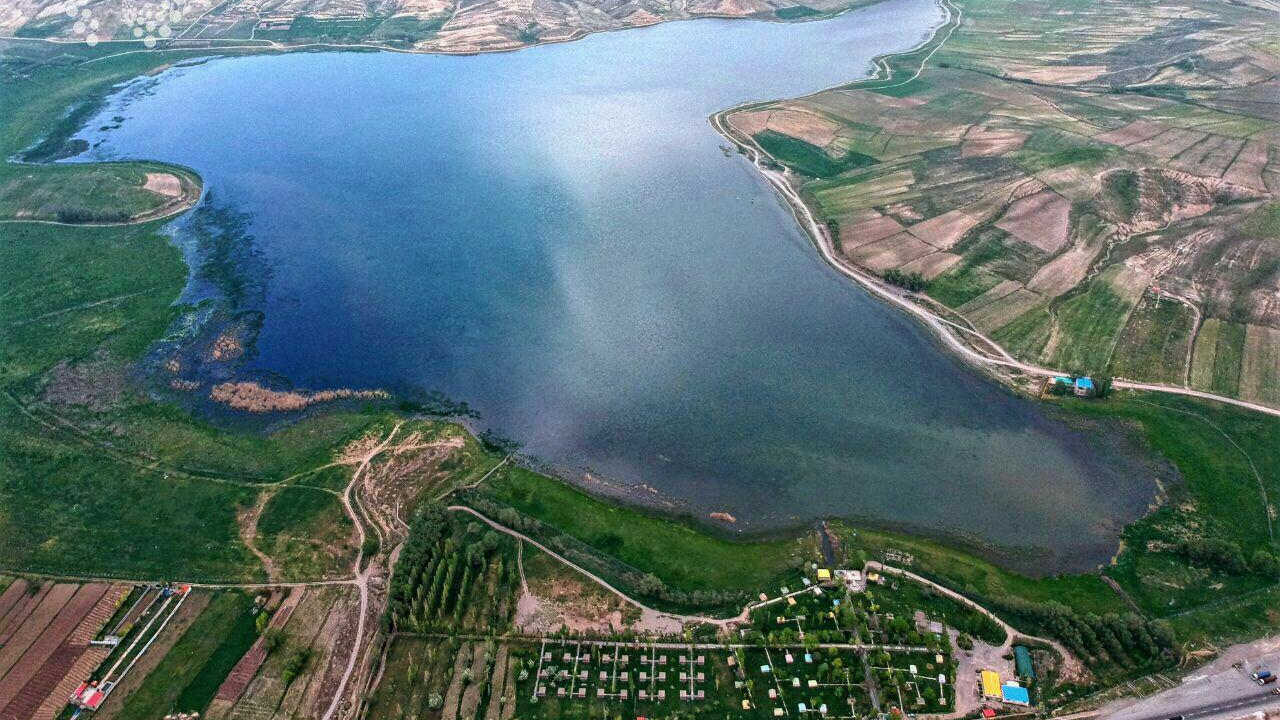
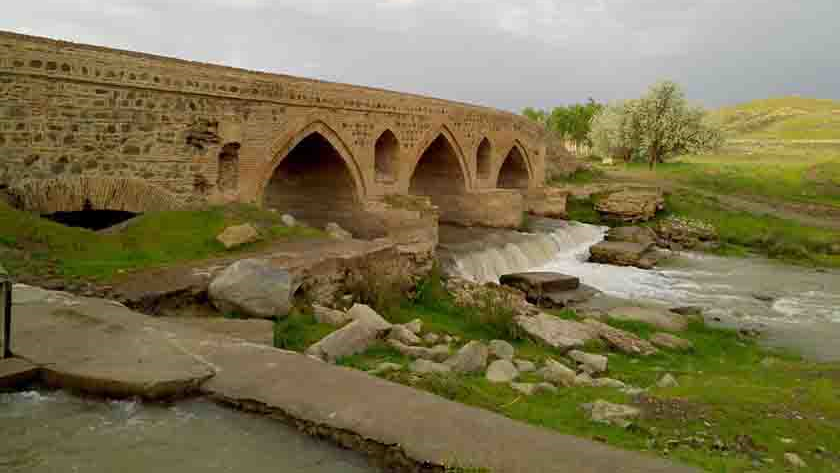
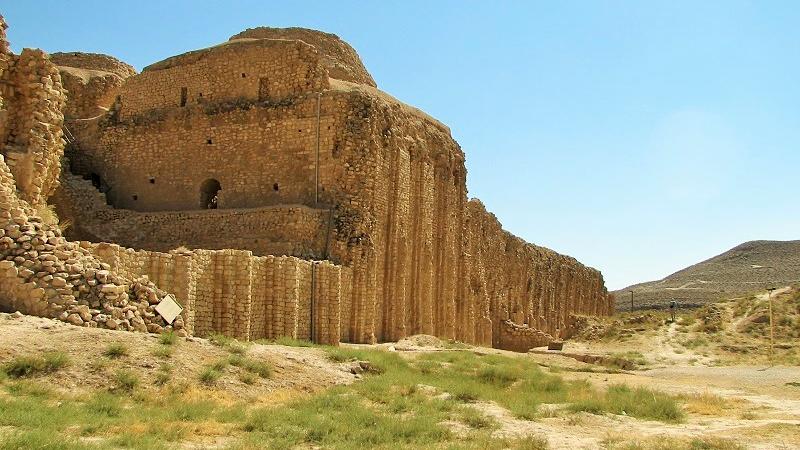
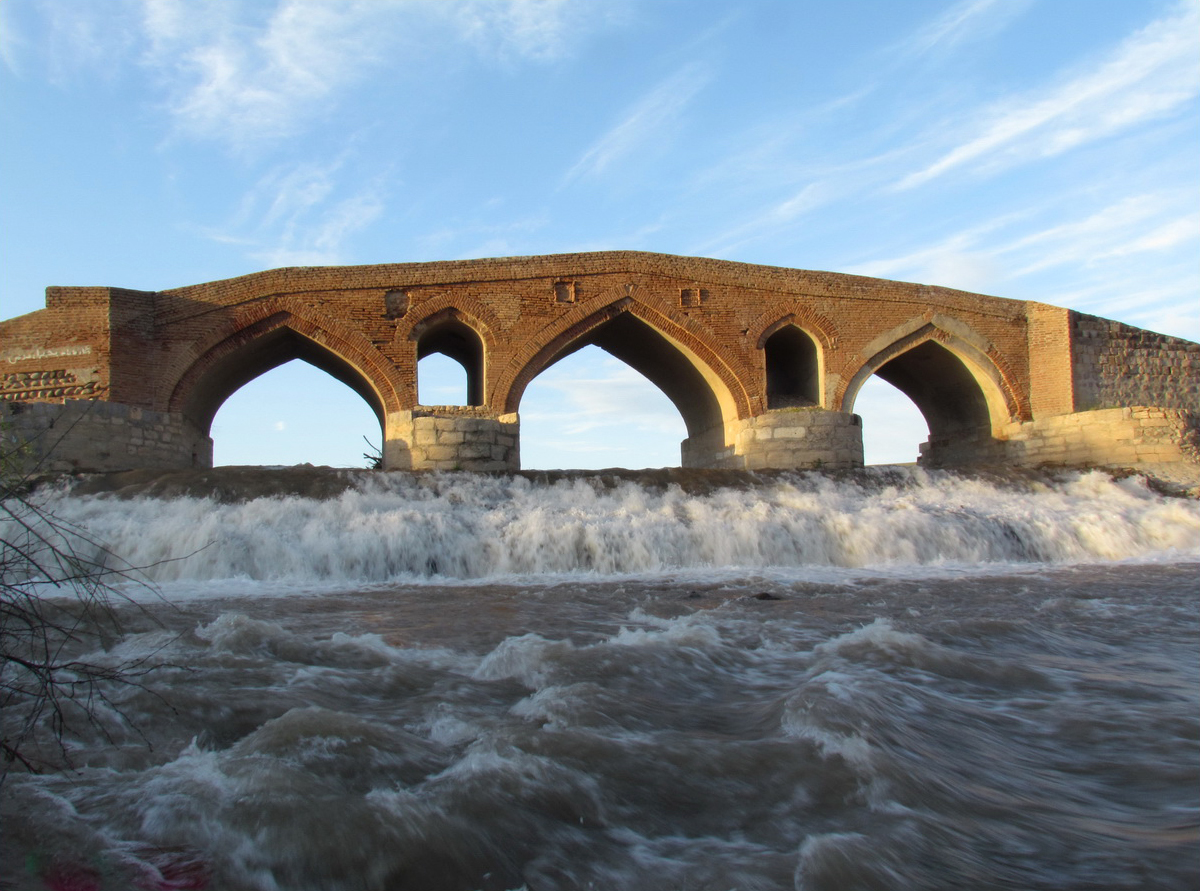
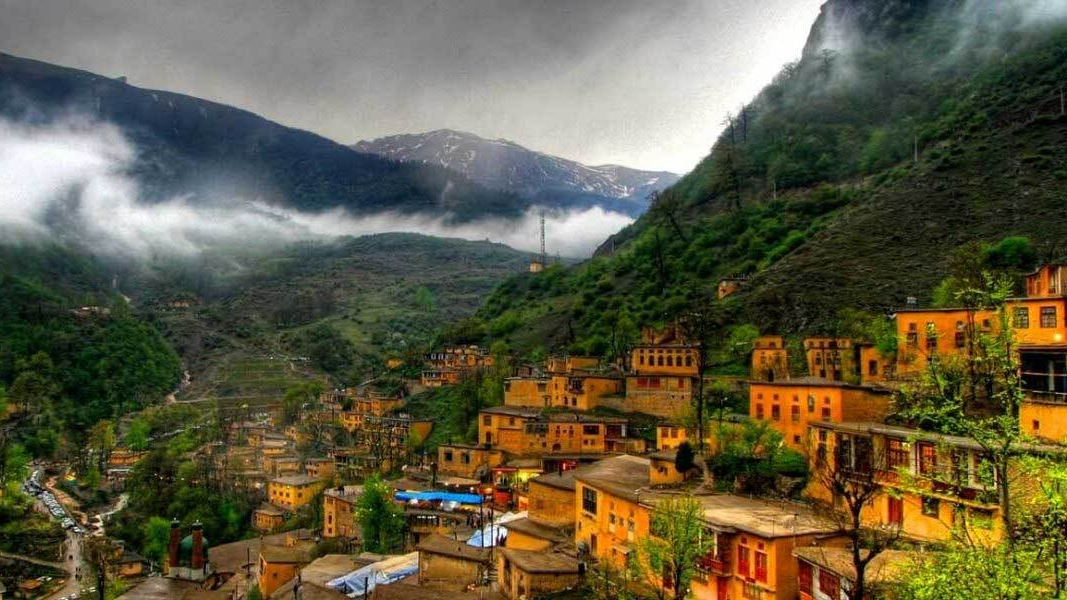
-k- main.jpg)
